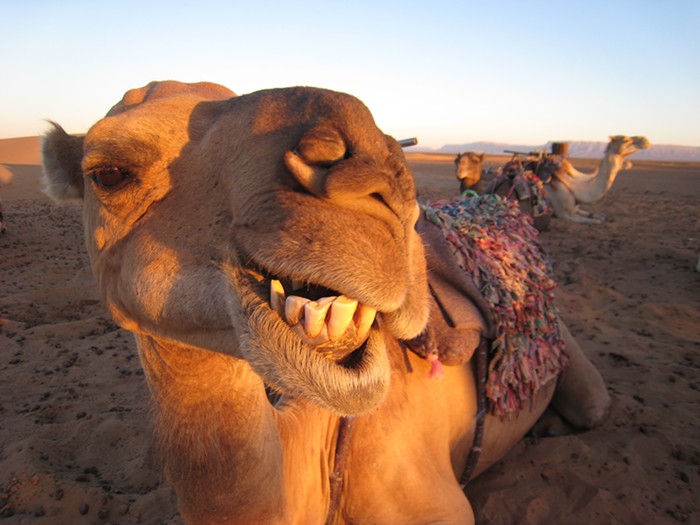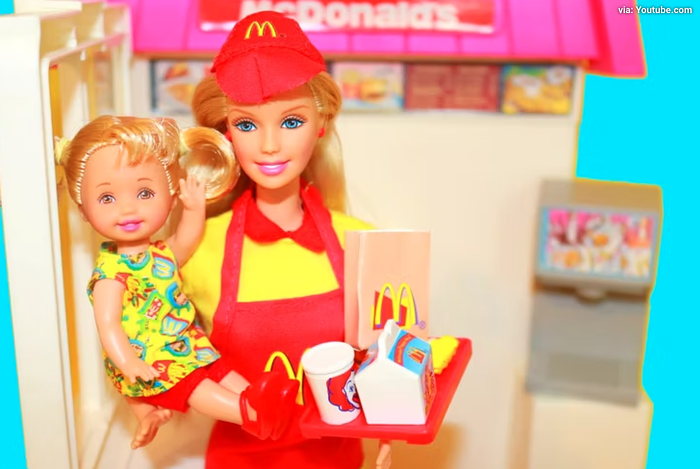ON MONDAY, June 20, over 300 "Blythers" descended on the Pearl District for BlytheCon 2011. A gathering of hobbyists from as far as Buenos Aires, Finland, France, and England, their uniting obsession was a saucer-eyed large-headed cult fashion doll: Blythe.
Originally manufactured in 1972, Blythe dolls lasted on toy store shelves for less than a year, apparently because her odd proportions, coupled with a string attached to the back of her head that you could pull to change the color of her eyes, were deemed too creepy for children. Flash forward to 1997, when photographer and doll collector Gina Garan discovered a vintage original Blythe, and started adding them to her collection. The doll quickly became Garan's model and muse, appearing in projects including television commercials for a Japanese department store and a book of Garan's portraits, This Is Blythe, published in 2000 and widely credited for launching Blythe dolls' second life.
In the years since, Blythe has attained an underground network of loyal fans, almost all of whom are adults. Blythers not only collect the dolls, production of which recommenced in 2001—many of Blythe's fans are DIY enthusiasts who create miniature clothing and accessories, which they barter and sell among themselves over the internet. Hardcore Blythers engage in customizations of the doll, re-sanding the shape of their faces, painting on unique makeup looks, further altering or replacing the eyes, and replacing the stock hair with alpaca, mohair, or other natural fibers in a painstaking process known as "re-rooting." Often wildly creative and visually arresting, there is a secondary marketplace just for these custom dolls, and within that, even more specific niches, such as the popular subset of creepy, gothic Blythes.
Indeed it's the opportunity for a craft project that drew many of Portland's BlytheCon attendees. Local vendor Keelie Duncan, whose display table included teeny tiny wicker flower baskets and wee "Hello My Name Is" nametags, insists that she had never been into dolls before being introduced to Blythe—but has sunk her creative energy into Blythe-related projects.
"They appeal to the children in all of us," says Nicole Warwick, who along with her companion Jack Applestill (he, like the majority of men attending, was there in a purely supportive capacity) was dressed according to the event's "vintage nautical" theme.
Portland's BlytheCon came about organically, according to co-organizer Julie Westphal, who explains that they crop up "almost every other year in the US at this point, and once a year in the UK, Australia, and France," though there is no official organization behind them. The 2011 edition existed to network, win raffle prizes, and proudly display the dolls and the dioramic tableaus that are often created for them. But primarily it was a marketplace, with vendors selling miniature doodads from custom-painted doll eyes to pint-sized headbands. Among them was Ruth E. Carlson, whose line was by far the longest, and whom Westphal describes as having become "pretty famous" for her embroidered, knitted, and felted doll hats, known as "helmets." They are, apparently, one of the only Blythe doll accessories that can monetarily appreciate. "Oh yeah, you buy them and they double in value," gushes a young woman toward the back of the line, demonstrating that there really is an economy for everyone.













